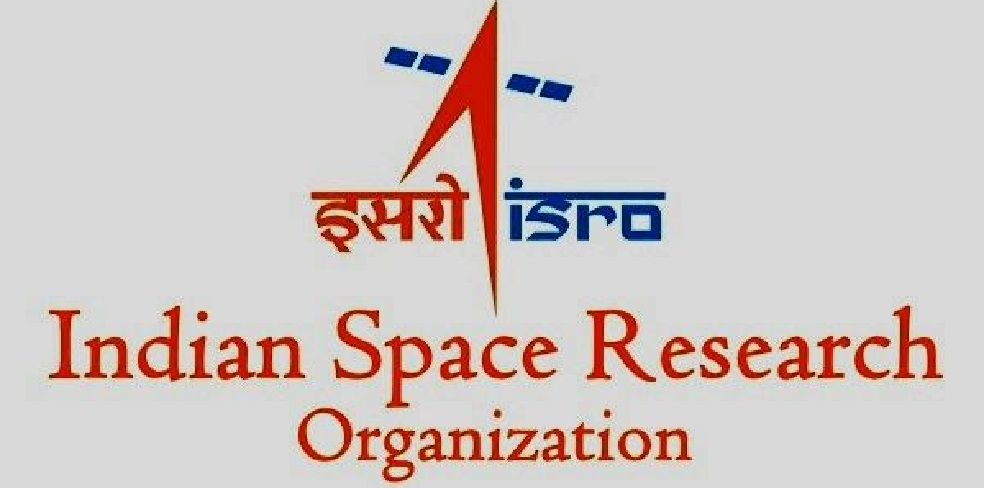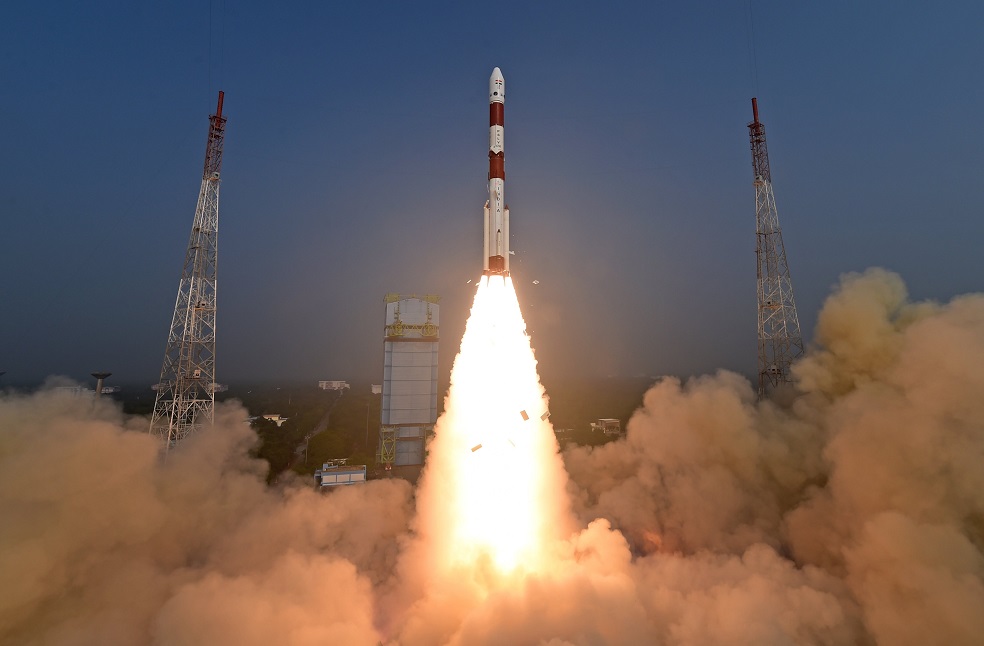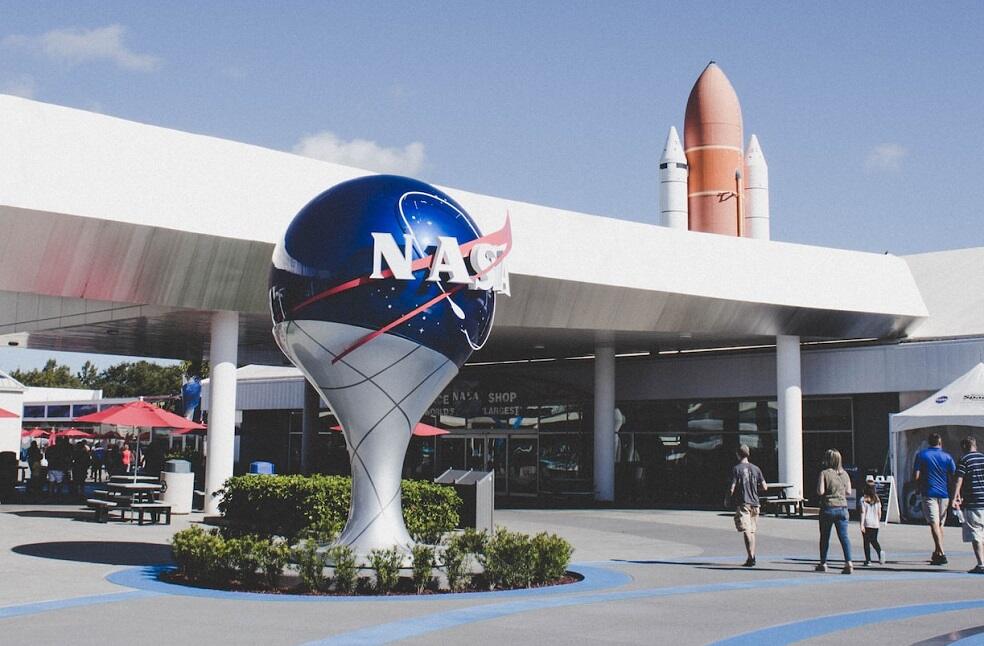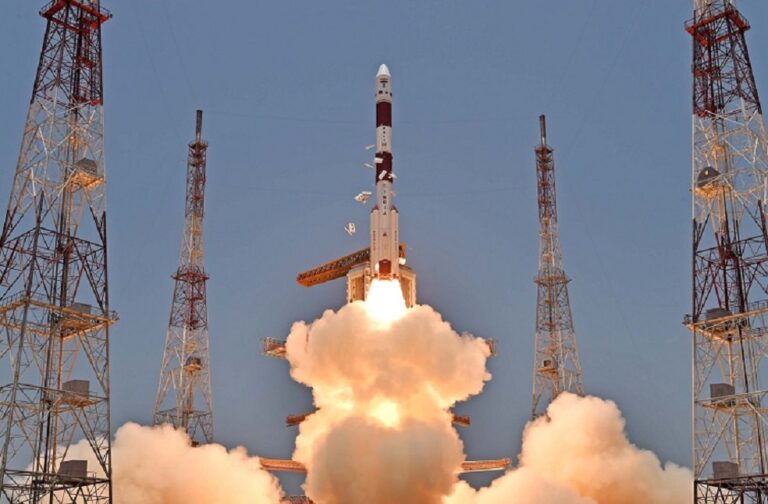New Delhi: India’s first solar observation mission, Aditya L1, will reach its final destination soon. The Indian Space Research Organisation will attempt to place Aditya-L1 in a spot in space that enables continuous observation of the Sun.
The spacecraft began its movement towards the Sun four months ago. Indian Space Agency launched Aditya L1 soon after the success of the Lunar Mission. The country created history by becoming the first one to land in the Lunar South Pole.
India’s first space mission to study The Sun was named Aditya from the synonyms of names for the Sun. According to the European Space Agency, a Lagrange point is a spot where the gravitational forces of two large objects – such as the Sun and the Earth – cancel each other out, allowing a spacecraft to “hover.”
 L1 is located 1.5 million km (932,000 miles) from the Earth, which is 1 percentage of the Earth-Sun distance. ISRO recently said that Aditya L1 had already covered most of the distance to its destination.
L1 is located 1.5 million km (932,000 miles) from the Earth, which is 1 percentage of the Earth-Sun distance. ISRO recently said that Aditya L1 had already covered most of the distance to its destination.
According to the reports, the agency will perform “a final manoeuvre” to place Aditya in L1’s orbit around 16:00 Indian time (10:30 GMT)
ISRO chief Mr. S. Somanath said that the space agency aims to trap the spacecraft in orbit and will require more occasional manoeuvres to keep it in place.

Once Aditya-L1 reaches this “parking spot,” it can orbit the Sun at the same rate as the Earth. This point enables close observation of the Sun even during occultations and eclipses.
The orbiter carries seven scientific instruments which will observe and study the solar corona (the outermost layer) followed by the photosphere (the Sun’s surface or the part we see from the Earth) and the chromosphere (a thin layer of plasma that lies between the photosphere and the corona).
After the takeoff, the spacecraft revolved four times around the Earth before escaping the sphere of Earth’s influence. ISRO had said earlier that they had slightly corrected the spacecraft trajectory. The change aimed to ensure the spacecraft was on its intended path towards the final destination.

The agency stated that some of the instruments on board have begun their work, gathering data and taking images.
The Indian Space Agency had shared the first images sent by the mission. Images captured soon after the launch showed the Earth and the Moon in one frame; the second image was a “selfie” showing two of its scientific instruments.
The agency released the first-ever full-disk images of the Sun in wavelengths ranging from 200 to 400 nanometers. According to ISRO, The images shared last month provided “insights into the intricate details of the Sun’s photosphere and chromosphere”.

Scientists also mention that the mission will help them understand solar activity. The agency expects the mission to provide new information regarding solar wind and solar flares and their effect on Earth and near-space weather in real time.
In fact, the radiation, heat flow of particles and magnetic fields of the Sun constantly influence the Earth’s weather. They also impact the space weather, the location of nearly 7,800 satellites, including more than 50 from India.
Scientists believe that Aditya can aid in a better understanding of solar winds or eruptions. The spacecraft design enables the forecast of such events a couple of days ahead. Such forecasts will help India and other countries move satellites out of the harmful way.

ISRO has spent 3.78 billion rupees ($46million; £36million)according to the reports even though not officially published by the agency. India will join a select group of countries already studying the Sun if the manoeuvre becomes successful.
The US space agency NASA has been watching the Sun since the 1960s. Japan launched its first solar mission in 1981. The European Space Agency (ESA) has been observing the Sun since the 1990s.
A collaborative effort from NASA and ESA resulted in the launch of a Solar Orbiter in 2020. The mission studies the Sun from close quarters. According to scientists, it gathers data that might help to understand what drives the dynamic behaviour of the Sun. In 2021, NASA’s newest spacecraft, Parker Solar Probe, became the first to fly through the corona, the outer solar atmosphere.



